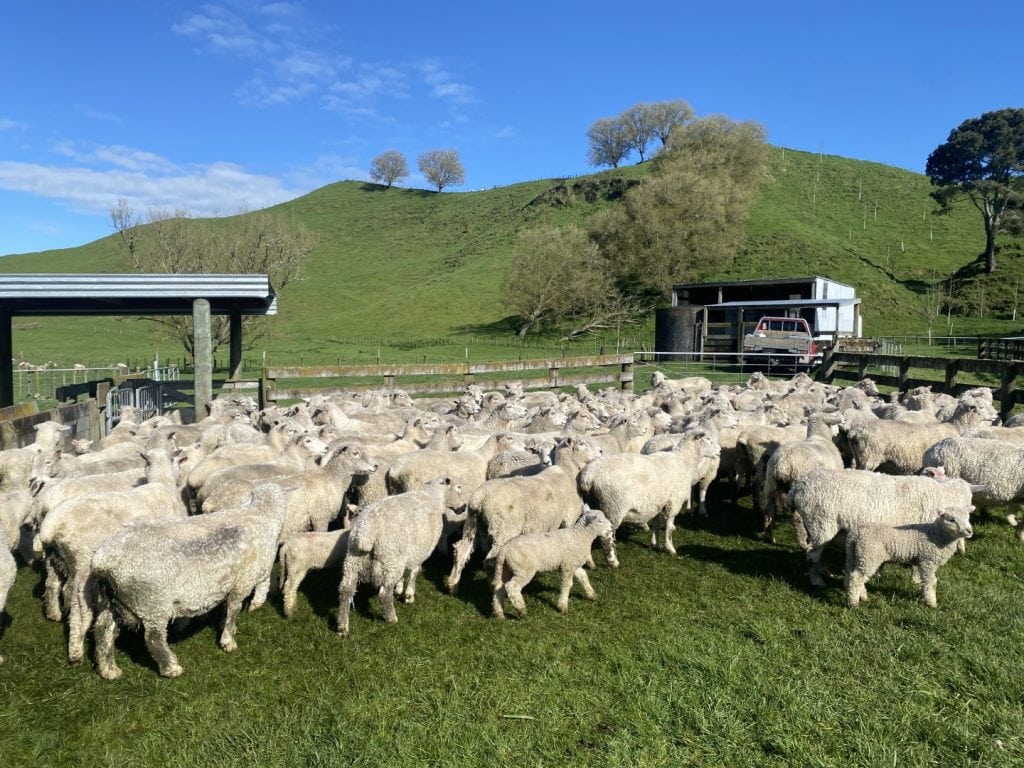Here's the official answer to a commonly asked question.
Here at Numnuts HQ, one question we’re often asked is whether NumOcaine has an Export Slaughter Interval (ESI). We imagine that you’re already familiar with ESIs, but just to be sure, here’s a quick recap.
The Australian Department of Agriculture, Fisheries and Forestry states that the ESI is the time period that must elapse between an animal’s last exposure to a chemical and its slaughter for meat export purposes.
This time period is set by the Australian Pesticides and Veterinary Medicines Authority (APVMA) in response to the maximum residue limits set by international trading partners.
The ESI is listed on the APVMA-approved label of the product concerned. If a destination country changes its requirements, then the APVMA will require a label update.
[Header image (c) AgriWebb]

Does NumOcaine have an ESI?
The aim of ESIs is to ensure that exported meat meets the residue standards of overseas markets, without unduly decreasing market opportunities for Aussie farmers. In this respect, the ESI aligns with Australia’s domestic meat withholding periods (WHPs) and international maximum reside limits (MRLs).
Medications based on lignocaine don’t have an ESI listed on their labels, as there is no APVMA requirement to do so. Under Australian regulations, when an ESI has not been defined, the withhold period becomes the default ESI.
The WHP for Lignocaine is...
NumOcaine has a meat WHP of 0 days.
Therefore, if lambs are being exported for meat within even 1-day of lamb marking with Numnuts and NumOcaine, there is currently no need to include details at the point of sale on the Vendor Declaration Form.
It’s not just us saying this – it has been well-researched as a veterinary recommendation in Australia.
Take a look at this article on Beef Central, which describes why a pain relief product’s domestic meat WHP of 90 days is applied when no ESI has been previously set.
A group of consultant veterinarians AND the APVMA recommend using the WHP in lieu of an ESI for exported meat stock.

If there are changes to the 0-day WHOP and ESI for NumOcaine, we will of course let all our customers know.
If you want to look into this further, ESIs for all sheep medications are listed and can be checked on the APVMA website.



